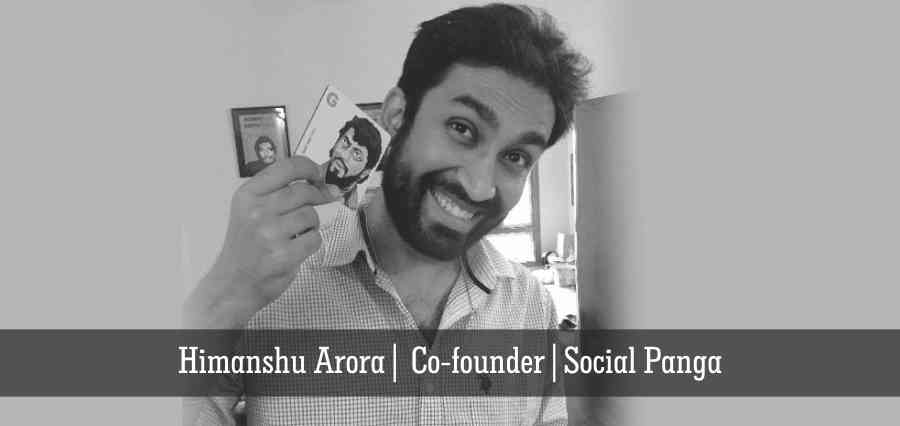Television and Newspapers have been the primary source of content consumption for viewers and a primary marketing and advertising channel for organizations because of their unmatched ability to reach out to large audiences. The Entertainment and Media industry has also evolved tremendously over the years in terms of content – from direct selling to engaging content that catches the audience’s attention and makes them think. The competition for eyeballs has led companies to develop some memorable campaigns which have resounded widely with customers, such as Cadbury Dairy Milk’s campaign around their Dairy Milk brand, Maruti’s campaigns around fuel efficiency, Pidilite’s Fevi Stick and Fevicol campaigns, and many more. Television and newspaper media buying expenses are still among the biggest components of marketing budgets.
However, in the last 5 years, the Entertainment and Media industry has been thrown a curveball by independent media and technology channels that have transformed the way in which people consume content. This “Digital” shift has challenged the very notion of Entertainment and Media being a one to many business – where one source delivers content to many consumers. Digital has changed the entertainment and media industry to become direct-to-consumer – where consumers are choosing the content that they want to consume, and the marketing is also being designed to generate interaction, feedback and immediate actions on the part of the consumer.
Nothing is a bigger indicator of the shift towards Digital than the meteoric rise of platforms such as Netflix and YouTube. Netflix today has over 80 Million + subscribers globally, and videos on YouTube generate 4 Billion views per day. With numbers such as this, it is impossible to ignore the apparent shift that’s happening in favor of these digital channels. It is essential for marketers to be on the channels where their audiences are present, and this huge influx of marketing budget has turned these channels into some of the largest grossing businesses worldwide, where both the platform and the content creators are being generously rewarded. Brands are slowly but surely beginning to focus a large part of their efforts on driving interaction through digital – case in point Volvo which created one of the most successful modern marketing campaigns with its “Epic Split” video featuring Jean Claude Van Damme. As per E&Y’s Disruption Report, over 450 million viewers will be consuming digital content over the Internet by 2020. The potential earnings from this technology shift has also caused traditional media and entertainment outlets to take notice and join the digital bandwagon. SonyLIV, HotStar, Voot and more are examples of media channels taking the revolution head on through curated content and dedicated mobile apps.
The intersection of content, technology and user experience is going to be the key to success for the entertainment and media industry of the future. Digital Providers will need to create content that is viewer centric and engaging, because users can just click one button to switch to something else. Suggestion Engine and Suggested Content will be huge, as they will be the biggest ways of capturing new audience. Social Recommendations and mood-based content curation technologies will also help improve the overall user experience, allowing media outlets to keep their audience on the platform longer. Analytics and advanced location and profile-based targeting will become the key to reaching the best possible audience and measure the effectiveness of marketing initiatives.
Today, 71% of time on a mobile phone is spent on apps, with several apps competing for the user’s attention. 88% of the user’s time is spent in their top 5 apps, and social media apps such as Facebook, YouTube and Twitter dominate this space. Independent content studios such as AIB and TVF in India have revolutionized the quality of content being created and have become influencers and preferred marketing partners in a short span of 2 years. The Entertainment and Media industry is getting disrupted by new innovations every day, and we are excited for its future!
About author
Himanshu Arora, Co-Founder of Social Panga, a leading digital marketing agency in India, is a fervid Idea-tor who loves to track and contribute towards development in Digital Marketing, tracks the Industry very closely. He has hands on experience in web consulting and online branding. Himanshu has strategized, designed and implemented – digital and social marketing plans for some of the leading personal and corporate brands. He has 10+ years of online marketing experience and is one of the few chosen Google Product & Sales Partners.
www.SocialPanga.com


